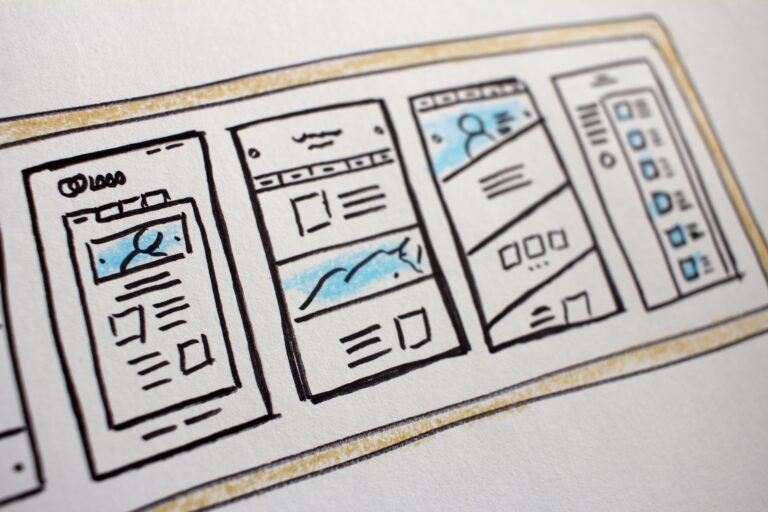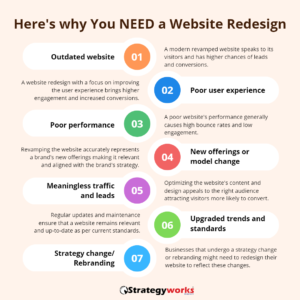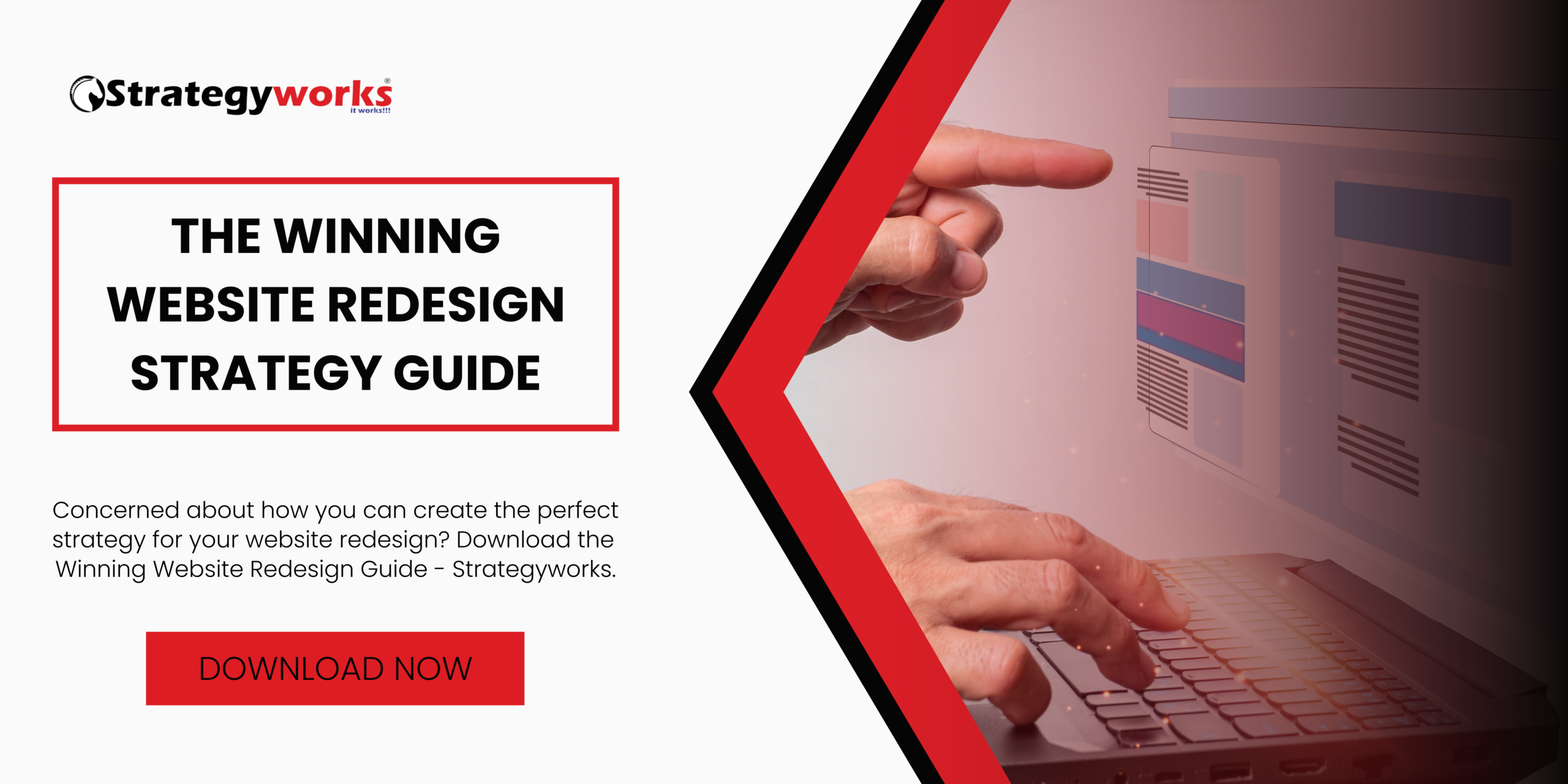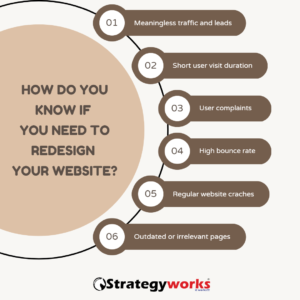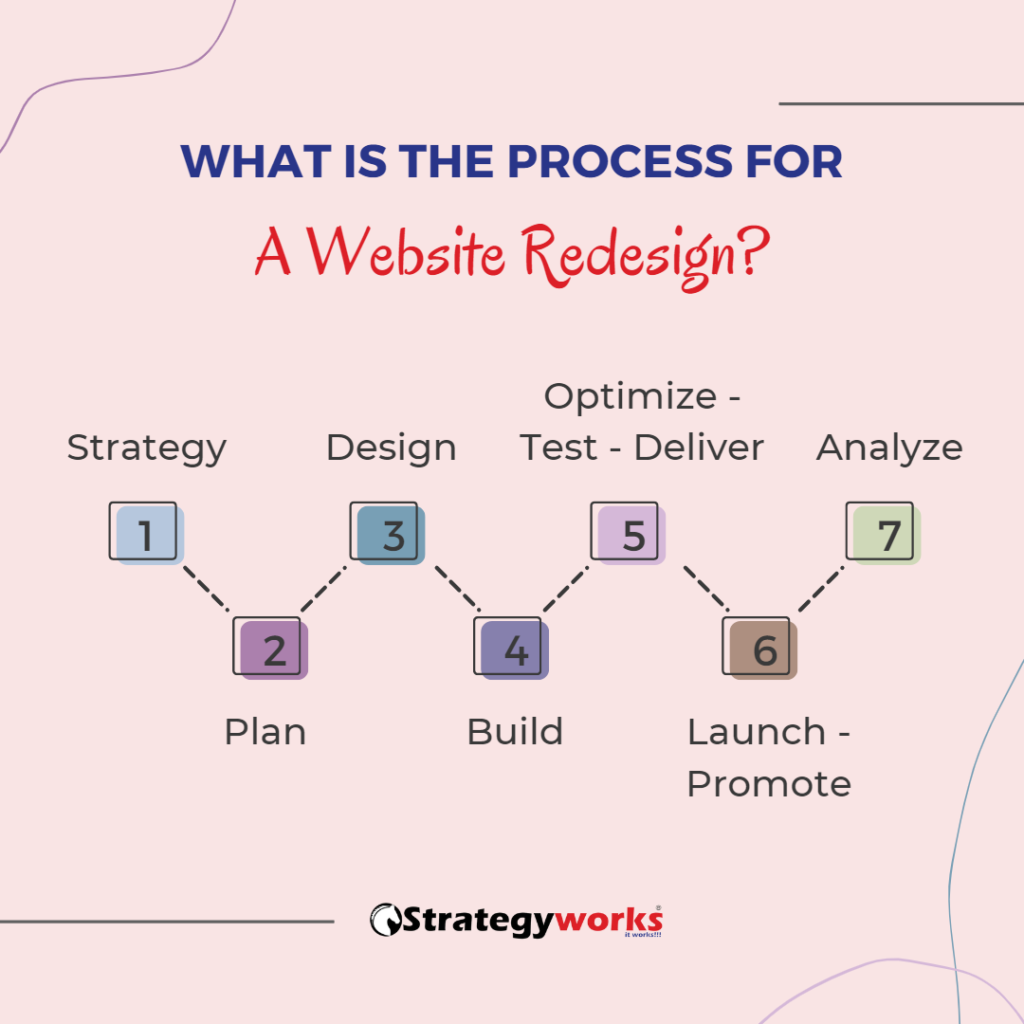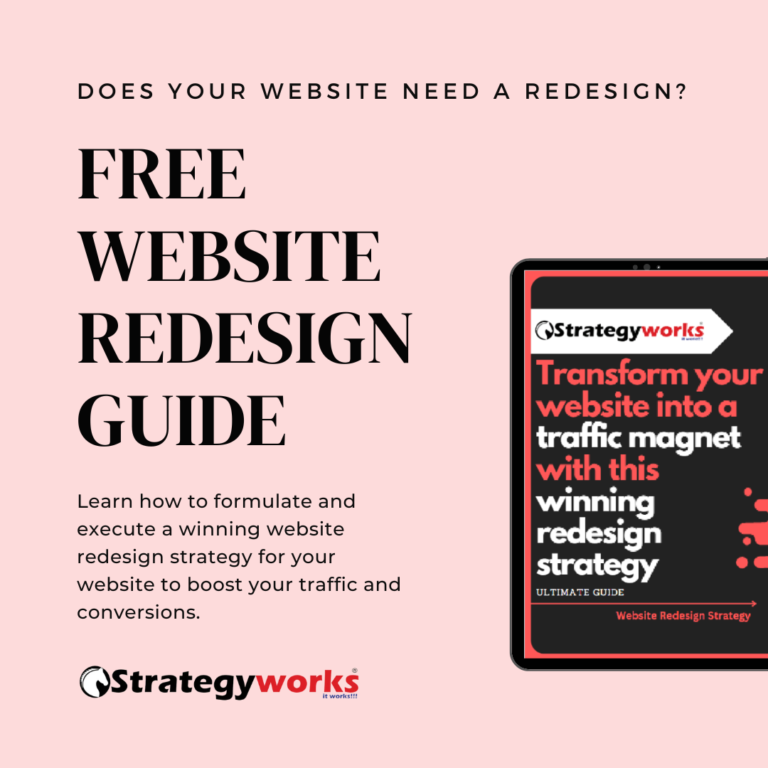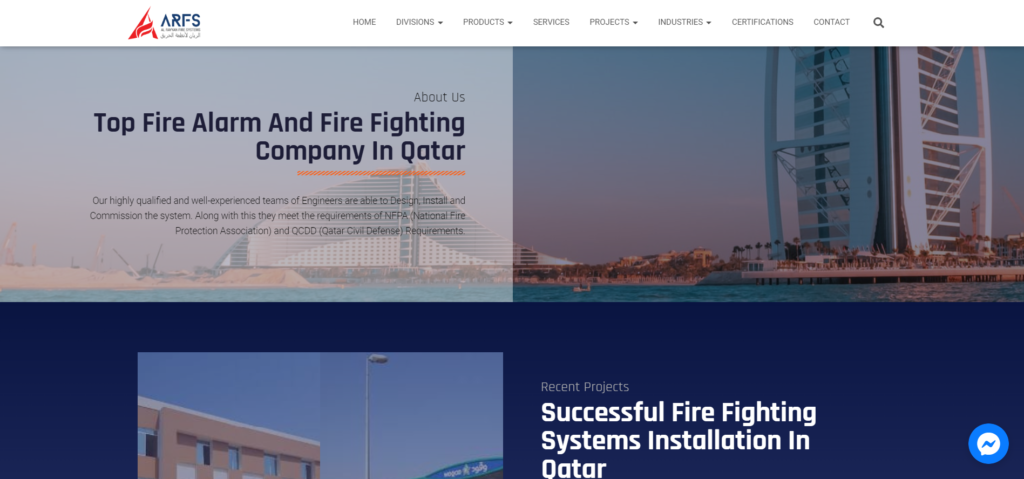Let’s face it, we’ve all received the short end of the stick at some point of dealing with a website redesign. We understand that change is needed, but we hesitate to go through with it. But more often than not, it’s necessary. But I’m going to tell you why you should be redesigning your website and how you can do it safely. Let’s have a look!
As we always say, your website is the storefront of your business. Your customers enter it to have a feel of what you do, and how you’re going to benefit them. Clearly, you need to keep your storefront in its best shape to not only attract visitors, but to turn them into buyers that keep coming back for more. This makes your website an integral part of your business. Wouldn’t it concern you if, instead of boosting your business, your website is slowing you down?
Does your website need a redesign?
In this blog, we will dive into some of the common reasons businesses opt for redesigning their websites. We will also talk about some meaningful website redesign tips for avoiding major risks that occur while redesigning a website. And incase you realise that your website needs a redesign as well, you can benefit from the Winning Website Redesign Strategy Guide here.
But first, a very important question:
What is a Website Redesign?
A website redesign is the process of updating or completely overhauling the design and/or functionality of a website. This generally involves changes to the layout, theme, navigation, or content. Most cases of site redesigns also include making changes in the back end of a website to improve the site’s appearance or performance.
What are the benefits of a Website Redesign?
A site redesign can provide several benefits to a business or organization, including:
- Improved user experience: A well-executed website redesign can make it easier for users to find what they’re looking for, navigate the site more effectively, and engage with the content.
- Enhanced visual appeal: A fresh, modern design can help make a site more visually appealing and attractive to users, which can increase engagement and reduce bounce rates.
- Improved functionality: A revamped website can improve the functionality of a site by introducing new features, streamlining existing ones, or addressing any technical issues that may be impacting performance.
- Increased brand recognition: Business or organizations can better align its online presence with its brand identity with the help of a website redesign, which can improve recognition and build trust with users.
- Better search engine optimization (SEO): Redesigning your website can provide an opportunity to address any SEO issues and optimize the site for search engines, which can help improve visibility and attract more traffic.
- Increased conversions: A redesign can be used to optimize the site for conversions, such as by improving the checkout process or making it easier for users to sign up for a newsletter or download a resource.
A well-executed website redesign can help a business or organization improve its online presence, better engage with users, and achieve its goals more effectively.
Why do businesses opt for a Website Redesign?
1. Outdated Website:
One of the primary reasons for planning a website redesign is an outdated website design. With the fast-moving advancement in technology, web design trends keep changing. It is essential for businesses to keep up with these changes. An outdated website can be off-putting to visitors and can largely affect the brand’s credibility. It might even give the impression that the business is not technologically advanced or has not kept up with the latest trends. Check if your website is outdated using this website audit tool.
Revamping a website with a modern and sleek design doesn’t just make the website look more professional, but also keeps up with its trustworthiness. A visually appealing website can also attract more visitors, which helps to increase the chances of generating leads and conversions. Moreover, redesigning your website can help you stay ahead of your competitors.
2. Poor User Experience:
User experience plays a crucial role in the success of a website. A user’s experience can get negatively affected if the website is
- challenging to navigate,
- slow to load, or
- has a confusing layout.
One of the website redesign goals is improving the user experience. It has proven to bring
- higher engagement,
- longer visit duration, and
- increased conversions.
A well-designed website can improve user experience with a clear navigation structure, intuitive layout, and fast load time. This makes visitors more likely to stay on the website as well as engage with the brand.
3. Poor Performance:
If a website takes too long to load or is prone to errors, it can affect its performance. Poor website performance causes
- a high bounce rate,
- low engagement,
- a decrease in conversion rates,
- poor reflection of the brand’s reputation and credibility.
Redesigning your website with an intention to improve its performance positively affects user experience. Additionally, a redesign helps businesses identify and fix any performance-related issues and enhance the website’s overall speed and functionality.
4. Introduction of New Offerings or Model change:
As businesses grow and expand their product or service line, an outdated website fails to effectively communicate the business’s new ventures. Under such circumstances, missed opportunities are common.
Revamping the website makes it relevant and aligned with the brand’s overall strategy. It can accurately represent the brand’s new offerings and attract intentional visitors who are interested in the brand’s offerings.
Similarly, this applies to when a business changes its business model or adopts new technologies. It is crucial for their website to reflect these changes to cater to their new target audience. For instance, if a business decides to switch from a B2B to a B2C model, it might need a website redesign to reflect their new model.
5. Meaningless Traffic and Leads:
A website that generates meaningless traffic and leads is a common problem. Uninterested visitors and leads with little intention to convert reflect failed efforts of promoting a business online. This is a clear indication that your website is not being shown to the right target audience. As a result, this needs some major changes to shift the focus on the right audience.
By optimizing the website’s content and design, businesses can attain success in appealing to the right target audience. Following which, they can attract visitors who are more likely to convert into customers. Additionally, a redesign can also help to optimize lead generation forms and call-to-actions, improving the chances of converting leads into paying customers.
6. Upgraded Trends and Standards:
As technology evolves, so do web design trends and standards. Websites that were designed a few years ago might not be compatible with the latest web technologies, making them difficult to maintain and update. Additionally, websites that do not adhere to the latest web design standards might not perform well on search engines, leading to low rankings and poor visibility.
A site redesign in this scenario can improve its performance and visibility. Regular updates and maintenance ensure that the website remains relevant and up-to-date. Whereas, the performance on search engines also improves, leading to higher rankings and increased visibility.
7. Strategy Change/ Rebranding:
Businesses that undergo a strategy change or rebranding might need to revamp their website to reflect these changes. For instance, a business that shifts its focus from one product line to another might need to redesign its website to reflect this change. Similarly, a business that undergoes a rebranding exercise might need to redesign its website to reflect the new brand identity.
It is particularly important to showcase the overall strategy, so that the audience can become aware of the changes a business has undergone. In this case, the audience can benefit from the strategy change, which in many cases is meant to provide some added benefits to the customers. On a similar note, the business undergoing a strategy change achieves to reap the benefits that the said change was meant to bring.
Monitoring factors like-
- traffic,
- bounce rate,
- visit duration,
- user behaviour,
- User journey, etc
are key to measuring the success of a revamped website reflecting important changes.
In conclusion, a website is a crucial aspect of any business’s online presence. Keeping it well maintained is critical to ensure performance in the long run. In the above mentioned scenarios, website redesign is a worthwhile investment.
Now that we know why businesses generally go for a site redesign, it’s time to get personal.
How will you know if your website needs a redesign?
Big changes like rebranding, strategy changes, change in business model are events that generally call for a well needed site redesign. These events don’t need a detailed diagnosis to find out if you need to redesign your website.
However, if you’re not making any significant changes, it can be difficult to recognize whether redesigning your website is beneficial for you or not. Here’s how you can find out-
Were you able to decide if your website needs a redesign? If it does, I’m sure you have another question in mind –
How do you redesign a website?
Redesigning a website can either be a smooth joyride, or a dangerous roller coaster- full of risks. And we just established that sometimes, it’s really important to redesign your website! No biggie, we know just how to solve your dilemma.
What is the process for a website redesign?
How to create an outstanding Website Redesign Strategy?
A Website Redesign Success Story
Our esteemed Qatar based client was able to garner an average of 3.05 minutes/session of visit duration. They also saw 22% month by month increase in quality leads.
We achieved this with the help of a perfectly strategised website redesign. Read the detailed breakdown of our strategy – The AlRayyan Fire Systems Case Study.


